A barndominium may survive hurricanes, tornadoes, and severe storms. However, the stability of the structure depends on a variety of factors. In this article, we will explore how to hurricane-proof your barndominium to stay safe in the storm.
If you want a hurricane-proof barndominium, you need to ensure that it is properly constructed. It should feature a strong steel frame, thick walls, and high-quality windows and doors.
Barndominiums offer better protection against strong winds compared to a traditional wood stud frame home. Most barndominiums are built with heavy metal frames. The weight of the frame increases resistance against uplift, which is the suction created as gusts of wind hit the side of a structure.
Here is what you should know about the wind resistance of barndominiums.
Page Contents
How Fast Does the Wind Get During a Hurricane?

Are barndominiums hurricane-proof in a category 3 major hurricane producing sustained winds between 111 mph and 129 mph? Or a category 4 major hurricane producing winds up to 156 mph?
A standard barndominium with a steel frame should withstand winds up to 130 mph. With a heavy category 3 hurricane, your barndominium is likely to experience some exterior damage. A category 4 hurricane may pull metal sheeting or siding off the barndominium and cause structural damage.
Most residential homes can only withstand winds up to 50 mph before suffering damage. However, Florida and several other states require residential homes to withstand winds up to 130 mph. Florida experiences a hurricane at least once every three years. Hurricanes are less common in other states, but you may still need to worry about strong winds from tornadoes and other severe storms.
Barndominiums Protect Against Lightning During Storms
Some homeowners worry about lightning strikes damaging the electrical components in their homes. Are barndominiums hurricane-proof from tornadoes and strong storms that are often accompanied by lightning? Luckily, barndominiums decrease this risk.
The steel poles used to contract a barndominium frame transfer energy from the lightning to the ground. The charge is dispersed into the ground, preventing electric shocks from reaching wiring or appliances.
Hurricane Resistance Depends on the Frame
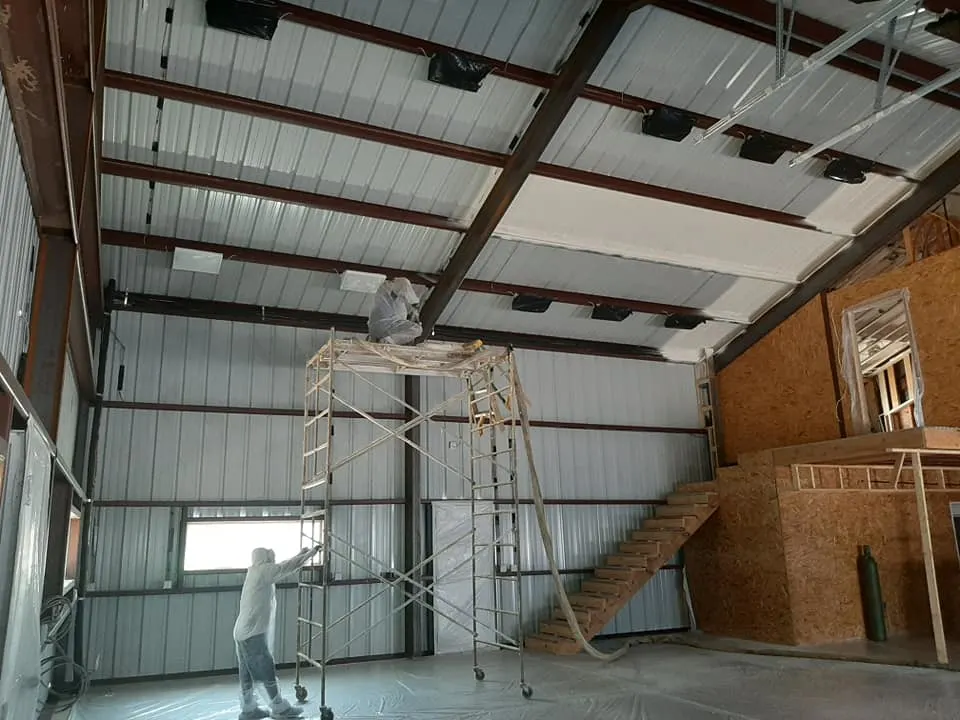
The frame is the main factor that influences the structural stability of a barndominium. If the frame cannot withstand hurricane-force wind, the poles and beams may start to buckle or crack.
While most barndominiums are made with steel frames, some are built with wood pole frames. A wood frame offers less resistance to wind, water, and fire.
Unlike wood frames, steel frames do not rot, warp, crack, or split. Steel is a more resilient material compared to wood. The durability of a steel frame can withstand most types of natural disasters, including hurricanes.
Quality installation is also necessary for ensuring that your barndominium can withstand hurricane-force winds. If the frame is not installed properly, it is less likely to hold up to the strong wind.
A typical barndominium has a post-frame design. The posts are anchored to a concrete slab or a basement foundation.
For optimal wind resistance and stability, the posts should extend at least 40 inches into the ground. Using thicker posts can also improve the structural integrity of the frame.
Wood stud frames often include studs measuring 2×4 inches. Barndominiums are built with posts measuring 4×6 inches or 6×6 inches. Choosing a 6×6-inch post increases the weight of the frame and stability during storms.
Choose the Right Type of Foundation for Your Barndominium
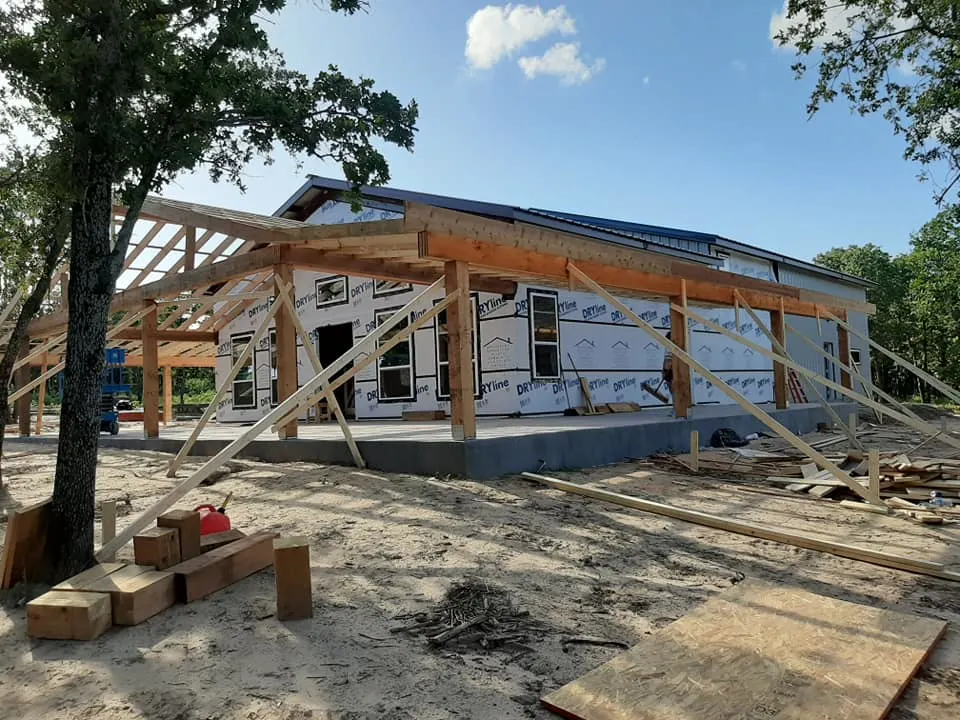
Barndominiums can be built with a variety of different types of foundations, including:
- Slab foundations
- Crawlspace foundations (curb foundations)
- Pier foundations
- Basement foundations
A slab foundation offers greater structural integrity compared to basement foundations and crawlspace foundations. A slab foundation is essentially a rectangular slab of concrete. Compared to basement foundations and crawlspace foundations, a slab foundation is less likely to settle over time.
A pier foundation is also a suitable option for protecting against strong winds. This type of foundation has reinforced concrete piers that extend deep into the ground. The piers provide more support for the structure’s vertical load compared to erecting a barndominium with a standard post frame.
Standard Windows and Doors Offer Minimal Protection
The frame of a barndominium may withstand hurricane-force winds but other exterior features tend to offer less protection. A category 3 hurricane is likely to shatter standard windows.
Windows and doors are given a design pressure (DP) rating based on their ability to withstand pressure. The typical window has a DP rating of 25 to 35. A DP rating of 25 can withstand winds up to about 100 mph. A DP rating of 35 can withstand winds up to 130 mph, which is comparable to the wind resistance of a steel frame.
Look for barndominium windows and doors with a DP rating of at least 35. A higher rating offers even greater protection, but also tends to increase the cost of the product.
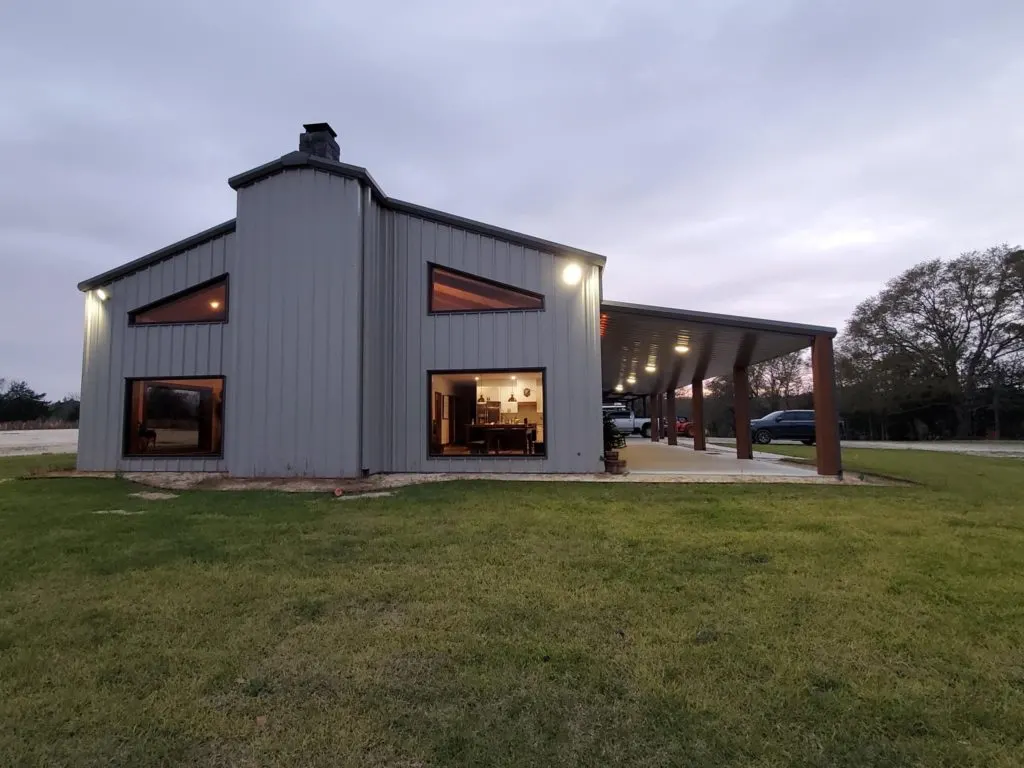
The Slope of the Roof Influences Wind Resistance
A roof with a steep slope is less likely to survive a major hurricane. Taller roofs receive more pressure from wind, which may cause damage to the roofing material and the frame of the roof.
Research suggests that 30 degrees is the tallest slope that you want for a barndominium roof in a hurricane-prone region. Thirty degrees is about the equivalent of a 7:12 pitch. This means that the roof rises 7 feet for every 12 feet of length.
Most residential properties have roofs with pitches of 4:12 to 9:12. Anything below 4:12 is considered a low pitch. A flatter roof looks less appealing on residential properties and increases the risk of damage.
Flat roofs can withstand direct damage caused by strong winds. However, they may experience uplift near the corners and edges. The material around the sides of the roof may start to pull from the structure during a hurricane.
A flatter roof is also more prone to water damage and roof leaks. Water can pool in flat areas and eventually find a way to reach the interior.
Water Protection for Barndominiums During a Hurricane
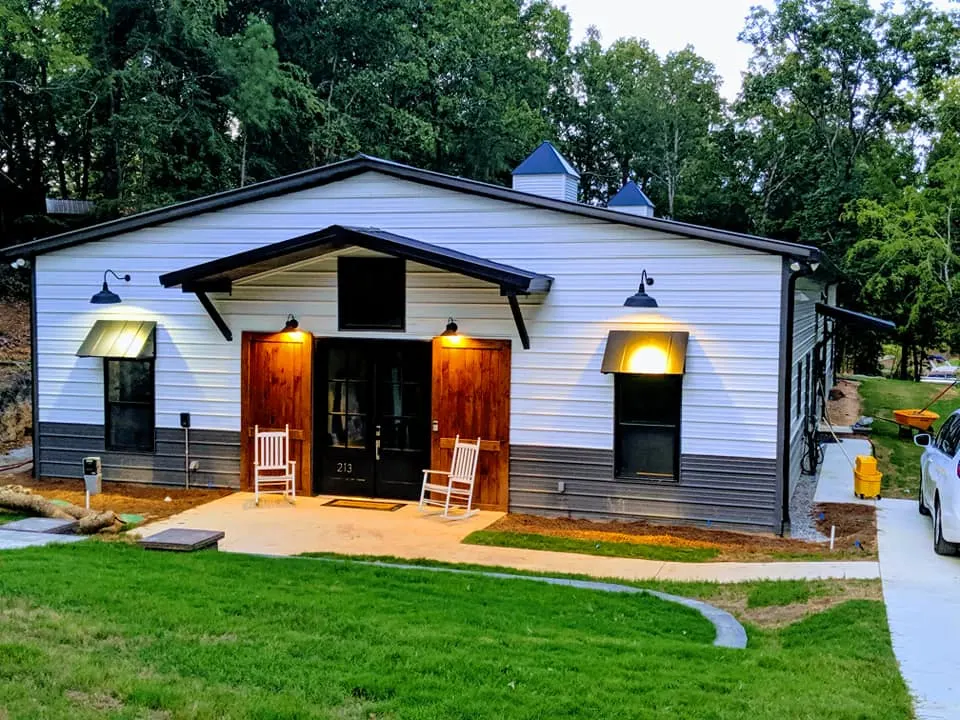
Along with worrying about wind, you need to protect against rain. A hurricane can produce a torrential downpour, increasing the risk of flooding and water damage.
Make sure that you keep the gutters and downspouts clear. If the gutter system becomes clogged, the rain may drain down the sides of the exterior walls and find ways to penetrate the interior. Water that enters the interior may cause water damage to the interior, walls, ceilings, and floors.
You should also install awnings over windows and doors to provide additional protection against rain. The awnings may also help shield the windows and doors from wind and debris.
Protecting against rain is even more important for barndominiums with basement foundations. Rain may gradually deteriorate the concrete foundation, which may cause the frame to shift and become less stable.
Consider Using Additional Protection for the Exterior Walls
Steel sheets are often used for the exterior walls of a barndominium. A standard steel sheet can withstand strong winds. However, the fasteners used to secure the sheet metal to the frame may come undone.
Most of the panels used for exterior walls also offer limited protection against dents and dings. The average panel is 1.2 to 2 inches thick.
Adding an extra layer of protection may shield the sides of your barndominium from hurricane-force winds. You could also start with a thicker panel instead of adding a second layer. In either case, the exterior metal should measure at least three inches thick for optimal protection.
Protect Your Barndominium From Flying Debris
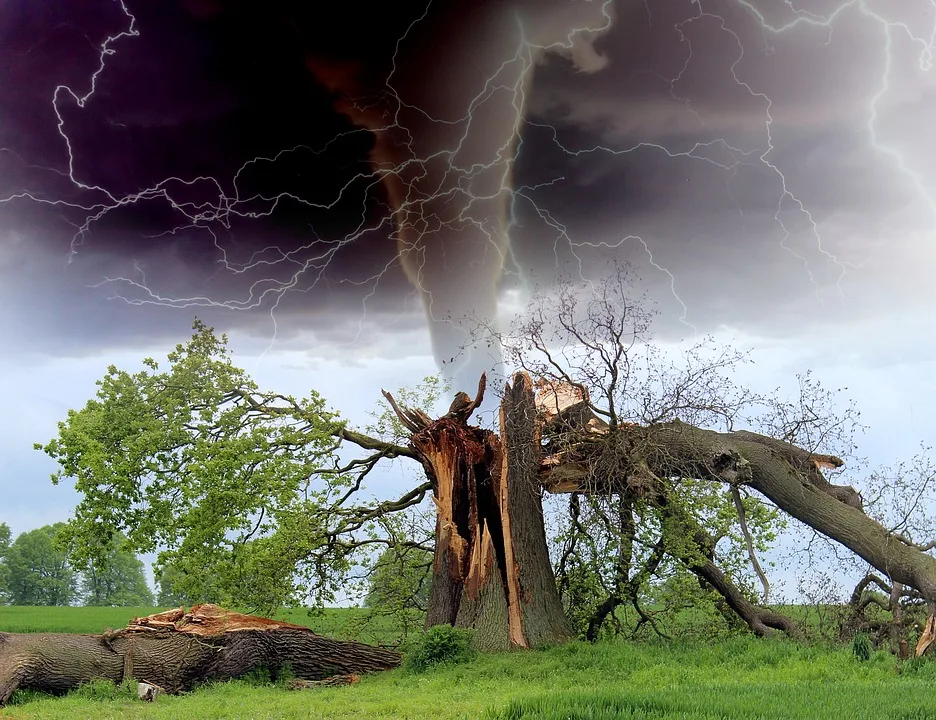
Along with wind and rain, you need to consider the potential risks of flying debris. Strong winds can send heavy branches and lightweight equipment left outside into the side of your barndominium. Flying debris may puncture or dent the exterior walls or damage the roofing.
Avoid leaving any objects outside that may get lifted and thrown during severe storms. This includes old tires, lawn equipment, and outdoor toys. You should also trim back any trees located too close to your barndominium.
Conclusion
Barndominiums can withstand hurricanes if you take the time to ensure that your new home is built properly and includes the right features. Choose a steel frame instead of wood and bury the posts at least 40 inches into the ground.
You should also consider using a slab foundation or pier foundation instead of a basement foundation. Slab foundations reduce the risk of settling or wind uplift. Pier foundations provide extra reinforcement but involve more steps.
The windows and doors should be rated for hurricane-force winds. Look for products with a design pressure (DP) rating of at least 35.
Avoid installing a roof with a steep or shallow slope. The ideal slope is around 30 degrees, which provides increased resistance to wind damage. Protect against rain and leaks by keeping the gutters clean and installing metal roofing.
Adding an extra layer of steel to the exterior walls enhances the structural integrity of your barndominium. You can shield against stronger winds and increase the insulating property of the walls.
Do not forget to trim back trees and remove structures that may damage your barndominium.
Taking these steps should give you peace of mind knowing that your home can withstand hurricanes and other natural disasters.
Gail currently spends her free time geeking out about what’s new and trending in the world of barndominiums.
She is the former executive editor of BarndominiumLife.com and loves working with the team and members of the barndominium community. She now contributes to the blog on occasion, but only when she feels like it!
